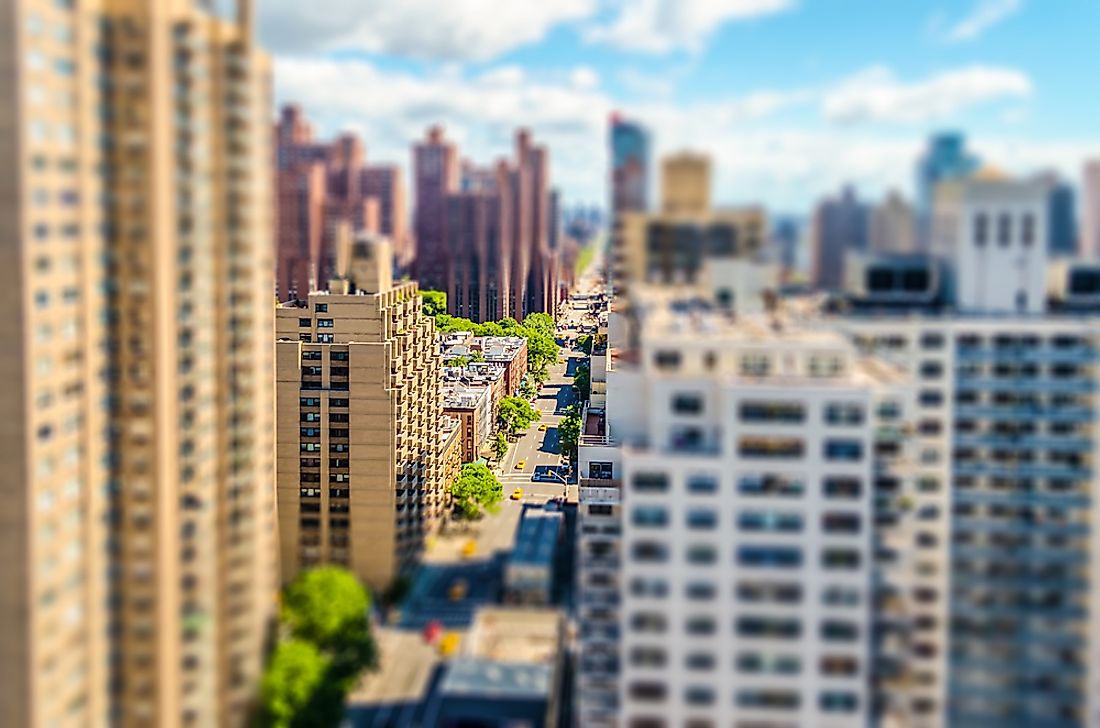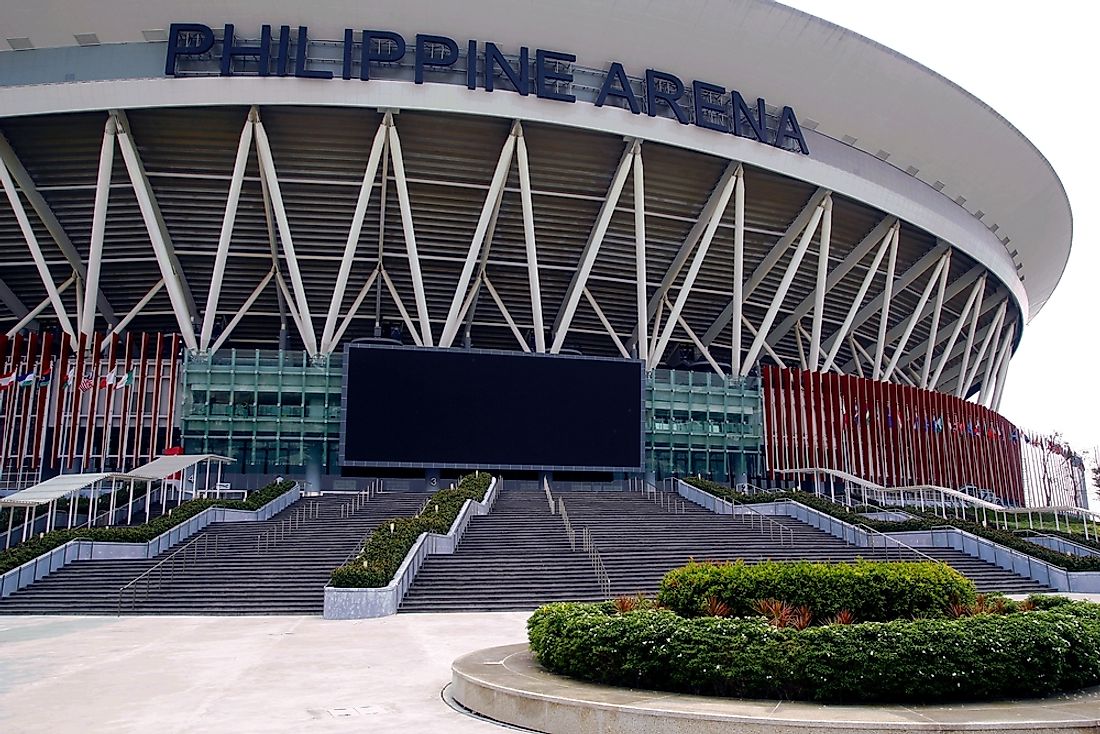What is a Street Canyon?

A street canyon, also known as an urban canyon, is created when a street is flanked by tall skyscrapers on both sides which results in a canyon-like appearance. Many modern cities construct skyscrapers with the intention of maximizing the space available by using the least amount of surface area which creates street canyons. Some famous street canyons include 42nd Street in Manhattan, the Magnificent Mile in Chicago, and Kowloon Street in Hong Kong.
Classification of Street Canyons
A contemporary street canyon is created when a narrow street has continuous skyscrapers on both sides. Modern street canyons are characterized depending on their aspect ratio. The ratio is determined by the canyon height to canyon width. For example, a street canyon with an aspect ratio of approximately one is classified as a regular canyon and means that the buildings are extremely close to one another. An avenue canyon has an aspect ratio of less than 0.5 whereas a deep canyon has an aspect ratio of approximately two. The three categories are further divided into three subcategories depending on the length of the street and the intersections of other streets. It can either be a short canyon, a medium canyon, or a long canyon.
Effects of Street Canyons
Street canyons affect the movement, direction, and the speed of the wind which affects the air quality and the surrounding temperature. Wind speed and direction is affected by street orientation. When wind flows parallel to the street orientation, a channelization effect occurs. Its severity is determined by wind speed, the length of the street, and the width and height of the canyon. The channelization effect is efficient in flushing out pollutants such as fumes from vehicles but can cause discomfort to pedestrians. When wind is channelled through a small opening, its speed increases which results in a venturi effect. Street canyons can result in a temperature increase of 2-4 degrees depending on the geometry of the street. Those with north-south orientation store the most energy of up to 30% of the midday radiant which is released at night when the temperature cools.
Effect on Air Quality
The shift in temperature and wind subsequently affects the air quality within the canyon. Channelization and venturi effects flush out pollutants, but when the air is polluted from above, it circulates downwards which contributes to poor air quality. When the wind moves perpendicularly to the canyon, a vortex flow is created, airflow is confined within the canyon and pollutants are circulated within it.











